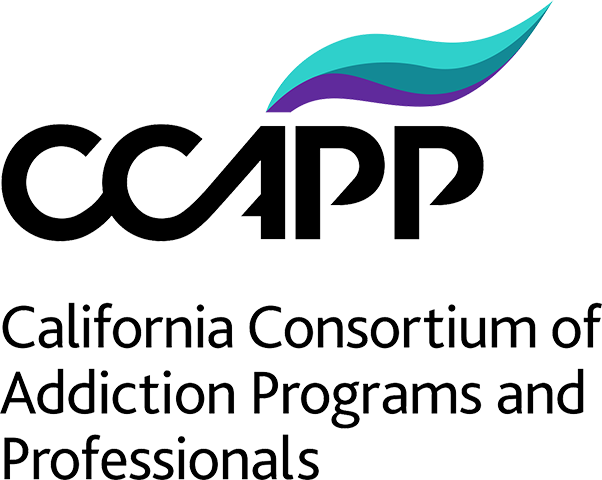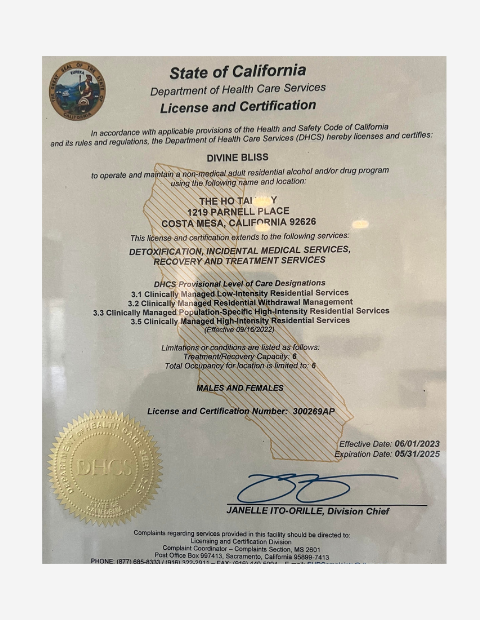Opioid withdrawal symptoms during drug detox can range from signs of the flu to serious mood changes and often require close and constant monitoring. Opioid withdrawal symptoms are the result of an opioid dependence, and usually only occur in cases of long-term opioid use for pain management or recreational use.
Opioid drugs describe any substance, natural or manmade, that binds to the opioid receptors in our nervous system.
Most opioids communicate with the brain to control and reduce pain, as well as improve mood and create a sort of euphoric sensation. Some opioid drugs are opiates, which are derived from the latex of the opium poppy plant. Opium itself is an opiate, as are heroin, morphine, and codeine. Most other common opioids used today, such as oxycodone, hydrocodone, and fentanyl are either synthetically or semi-synthetically manufactured in pharmaceutical laboratories.
Opioid drugs can be incredibly addictive. Yet despite that fact, they remain crucial in short-term pain management, hospice care, and intractable pain management. Opioids are some of the most effective analgesics currently available in modern medicine.
While binding to opioid receptors allows opioid drugs to manage and block pain signals, the resulting release of dopamine, as well as other interactions within the brain, undermines the brain’s resistance to the drug and given a period of consistent use, can lead to an opioid addiction.
Statistically, there is little danger for the average person in a single appropriately prescribed dose of Percocet for immense and sudden pain, or an IV drip with morphine to help manage acute post-surgical pain, for example. The danger in opioid medication becomes more apparent either when prescribed for long-term pain, or when misused (either from a prescription or illegally).
In addition to addiction, long-term opioid use can also lead to opioid dependence. Quitting at any point after the body has acclimated to repeated use may result in physical and psychological discomfort in the form of opioid withdrawal.
Related: How Long Does a Drug Detox Take?
Signs and Symptoms of Opioid Withdrawal
The signs and symptoms of opioid withdrawal during drug detox can vary in intensity depending on factors such as the type and amount of opioid used and the duration of use.
However, some common signs and symptoms of opioid withdrawal include:
1. Flu-Like Symptoms
These are the most common symptoms associated with long-term opioid use withdrawal. They include the telltale physical signs of a flu, such as:
- Runny nose
- Watery eyes
- Yawning
- Sweating
- Chills
- Muscle aches and pains
- Restlessness
2. Gastrointestinal Distress
Stomach pain and other GI tract issues are also common signs of an opioid withdrawal. More specifically, people undergoing opioid withdrawal may experience:
- Nausea
- Vomiting
- Diarrhea
- Abdominal cramps
3. Psychological Symptoms
In addition to flu-like symptoms and GI tract issues, the psychological symptoms of an opioid withdrawal often push people towards a relapse. They include:
- Anxiety
- Depression
- Irritability
- Agitation
- Mood swings
- Insomnia
- Difficulty concentrating
4. Dilated Pupils
Pupil dilation occurs in response to opioid withdrawal because of the way opioids affect the parasympathetic nervous system. During opioid use, pupils constrict from the way opioids interact with their respective opioid receptors in the brain. The ensuing release of neurotransmitters (brain chemicals) incidentally causes pinpoint pupils.
During opioid withdrawal, the ensuing effects on the nervous system as a whole result in dilated or enlarged pupils. In people with a history of opioid use, enlarged pupils can be a sign of withdrawal.
5. Goosebumps
Goosebumps are another physical response to the body’s adaptation to an opioid withdrawal, through the parasympathetic nervous system. When we experience goosebumps naturally, they are the result of an involuntary contraction of the muscles at the base of the hair follicles all over our skin, usually as part of a fight-or-flight reaction (seeing something scary or shocking, for example, or experiencing a state of mental arousal).
6. Increased Heart Rate
The same effect that causes pupils to dilate also forces the heart to work harder during an opioid withdrawal. One of the side effects of opioid use, in addition to euphoria, is a slowed heartbeat and a slower breathing rate. When the sympathetic nervous system snaps back after going into withdrawal, an opioid user’s heart rate may increase significantly.
7. Cravings
Perhaps the most difficult symptom of an opioid withdrawal is a strong craving for opioids. In cases of addiction (substance use disorder), cravings are not just psychological, but physiological as well.
As the body begins to rely on an addictive substance, withdrawal symptoms send strong signals to the mind that another dose is needed to bring the body back into equilibrium. This is why many instances of severe opioid addiction require the use of a taper drug, like methadone, to help manage withdrawal symptoms and ease into sobriety over time.
Do Women Experience Different Opioid Withdrawal Symptoms?
There are gender disparities in the symptoms and pathology of drug use disorders between men and women. Preliminary research shows that, for opioid withdrawals specifically, women tend to report much higher cravings than men.
Women who have a history of opioid addiction are also more often struggling with other physical health issues than men, and women are more susceptible to addiction after recreational drug use. Despite these facts, however, only about a third of people presenting for opioid-related treatment are women.
The severity and length of your opioid withdrawal symptoms depends on the level of your opioid usage. The less your body has had to rely on opioids, the faster the withdrawal is over. Severe and long-term opioid usage may result in a longer opioid withdrawal period with stronger symptoms.
Withdrawal symptoms can last a few days, or up to multiple weeks. If you were sent into withdrawal after an opioid overdose, the reversal drugs used to stop opioid overdoses may trigger a faster, and harder withdrawal process.
It’s important to note that opioid withdrawal symptoms can be extremely uncomfortable, but these symptoms are not typically life-threatening. Nevertheless, it’s a good idea to seek medical help especially if someone has a history of severe withdrawal symptoms, medication allergies, other heart, lung, or endocrine health issues, or is pregnant. A qualified medical professional can help you taper off your opioid medication to reduce the risk of complications.
Opioid withdrawal symptoms can be managed safely with the help of our professional team here at the Ho Tai Way. We provide individualized and comprehensive recovery programs for women, with a focus on residential treatment and aftercare for clients transitioning back into home and work life. Give us a call today to begin your healing journey.









